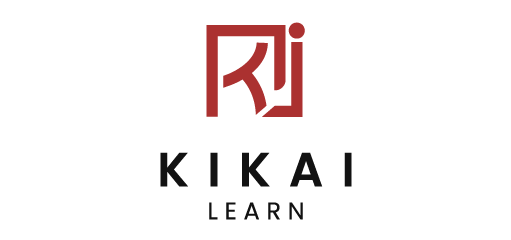Prompt Engineering: The Creative Skill Defining the Future of AI
We’re living in a time when AI doesn’t just obey; it interprets. You don’t just ask, your prompt? And the way your prompt can make a jaw-dropping difference in what comes back. Prompt engineering is no longer a hidden behind-the-scenes trick; it’s rapidly taking center-stage. If you’re wondering why this skill is suddenly everywhere and how it might evolve, read on — because prompt engineering may shape how we communicate with machines for years to come.
What Makes Prompt Engineering So Important
Think about this: large language models (LLMs) are smarter, bigger, and more accessible than ever. They can write essays, compose music, analyze data, even generate images. Yet with all that potential, a lot of the value depends on how well you guide them.
Take this example: a teacher in Bangalore wanted ChatGPT to create lesson plans for middle school students. At first, the AI gave her overly generic results. Then she tried a refined prompt: “You are a curriculum designer for CBSE schools. Create a 40-minute science lesson on the water cycle, including interactive activities and 5 short quiz questions.” Suddenly, the AI produced a detailed, age-appropriate lesson plan.
The magic wasn’t in the model; it was in the prompt.
A weak or vague prompt can lead to output that’s shallow or wrong. A well-crafted prompt, however, can lead to something precise, insightful, creative, or beautifully unexpected. For businesses, this translates to saving time, reducing costs, and producing higher-quality outcomes.
What’s Changing: New Shifts in How We Prompt
Prompt engineering isn’t static. It’s evolving fast — and the changes are showing up in real-life use cases.
- Adaptive and automatic prompt refinement
Imagine a startup in Mumbai building a chatbot for customer service. Instead of manually testing hundreds of prompt variations, they now use an auto-prompting tool that suggests improved versions in real time. Customers end up with more accurate, empathetic responses — without endless trial and error. - Multimodal prompting
Think about a marketing agency creating a campaign for sneakers. Instead of just typing: “Write an ad for sneakers,” they upload product photos and prompt: “Here’s an image of our eco-friendly sneaker. Write an Instagram caption in a witty, Gen-Z tone, under 20 words.” The AI connects text + image to create content that pops. - No-code prompt tools
A content creator who knows nothing about Python can drag and drop a “prompt block,” add fields like “audience type” and “tone of voice,” and generate multiple drafts. Tools are making prompt engineering accessible beyond coders. - Context and role prompting
In Delhi, a law firm experimenting with AI gives prompts like: “You are a junior lawyer preparing a case summary for senior partners. Write in formal legal tone, maximum 500 words, with citations.” The context transforms generic output into something close to usable legal drafts.
Where It May Go Next
Here’s what feels likely:
- Feedback loops will become common. Picture a doctor using AI for diagnostic suggestions. The system itself could track which prompts yield more accurate patient summaries and suggest improvements automatically.
- Prompt + fine-tuning hybrids. For an e-commerce company, prompts alone won’t cut it. They’ll combine prompt design with retrieval-based models, so product descriptions always reflect the latest catalog.
- Safety-first prompts. Newsrooms already worry about misinformation. They’ll rely on prompts that enforce rules like: “If facts are uncertain, flag them. Always cite at least one credible source.” Prompt design will carry responsibility, not just creativity.
- Prompt workflows. In education, instead of one massive prompt, teachers may build entire flows: one prompt for generating questions, another for explanations, another for feedback. This turns prompts into a system, not a one-liner.
Why This Matters To You
You don’t have to be in Silicon Valley to care. A social media freelancer in Jaipur, a college student in Hyderabad, or a corporate trainer in Pune all benefit from better prompt engineering.
For creators, it means snappier posts.
For businesses, it means better customer service.
For learners, it means AI tutors that feel more like humans.
And because the field is shifting so quickly, anyone who invests in learning prompt strategies today stands out tomorrow.
Conclusion
Prompt engineering isn’t just “talking to AI.” It’s becoming the creative bridge between human intent and machine intelligence. From classrooms to law firms, from startups to marketing agencies, it’s already changing how people work.
So don’t just watch from the sidelines. Experiment. Refine. Play. Keep a journal of prompts that worked (and those that flopped). That curiosity may just be the career-shaping skill you didn’t know you had.
Elevate Your Skills with Us!
Empower yourself with our tailored courses.
Join our community and begin your learning adventure!
The Human SEO Framework: How Authenticity is Redefining Brand Visibility in 2026
The Human SEO Framework: How Authenticity is Redefining Brand Visibility in 2026 AI made SEO faster , but it also made the internet louder. By 2026, we’ve entered what experts call the Human Era of Search , a time when algorithms and audiences are drowning

